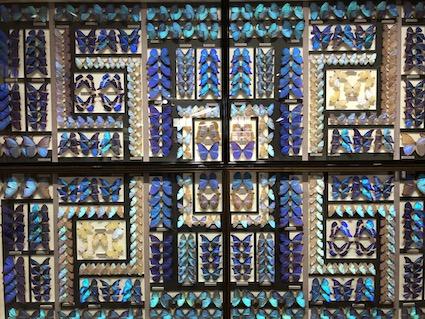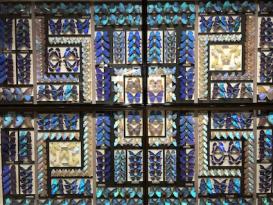In the nineteenth century, the Asia Pacific experienced extensive and systematic cataloging of their fauna and flora. The aim of my visit is to co-organize a workshop to bring together scholars sharing interest in the role of German practitioners in the natural-historical surveys undertaken in the long nineteenth century.

A butterfly collection at Nawa Insect Museum, Gifu, Japan. Photo: Ayako Sakurai.
While the workshop limits its geographical scope to Asia Pacific, it raises historiographical issues relevant to the broader historical community. First, it draws attention to the international mobility of German practitioners of science, particularly in conjunction with the studies clustered around the question of "Science and Empire." Numerous Germans were involved in the investigation of the world in the nineteenth century. As outsider agents without an official empire of their own, they seized the opportunities presented by other imperial systems or local political authorities striving to establish regional control. By reappraising their international careers, the workshop proposes to give the existing narrative a new perspective. Second, the workshop will throw a light on the underrated role of the auxiliary trades and practitioners of natural history. The successive foundation and expansion of natural history museums, zoos, and private collections in Europe brought along the rise of a number of specialized trades and experts. By the second half of the nineteenth century, natural history had become a collective enterprise supported by numerous hunters, brokers, taxidermists and producers of specialized tools. The early natural-historical surveys of the Asia Pacific offer a unique opportunity to place these "auxiliary actors at center stage.

